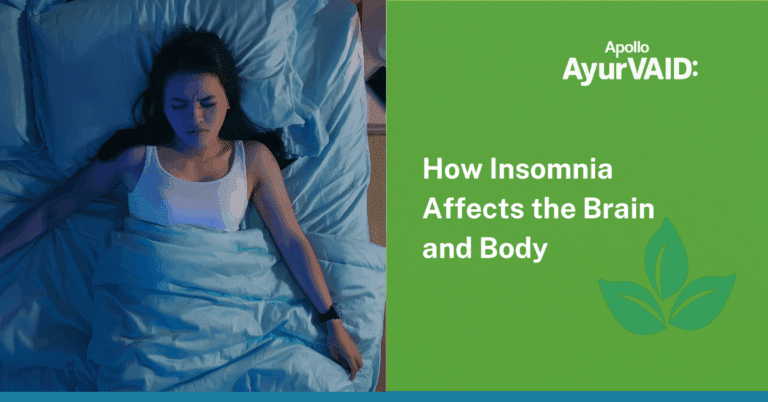Have you been living with nagging pain, a stubborn discharge, or repeated swelling near the anal region or while passing stool? I want you to know—this is common and treatable, and you don’t have to suffer in silence. In Ayurveda, this condition is often called Bhagandara, and modern medicine identifies it as an anal fistula. In the following blog, I will explain what causes anal fistula, symptoms of anal fistula, and why Ayurvedic treatment for fistula – especially specialised approaches like Ksharasutra – can offer durable healing.

What is an Anal Fistula?
An anal fistula (fistula-in-ano) is an abnormal tunnel that connects the anal canal to the skin near the anus. It usually follows an infected anal gland that formed an abscess; if that abscess does not drain fully or heals incompletely, a persistent tract may remain and discharge pus intermittently. In Ayurveda, this progressive, relapsing problem is described as Bhagandara—literally, tearing (darana) in the perineal (bhaga) region. It was listed among the classical difficult diseases (Ashta Mahagada) by the Acharyas.
What causes Anal Fistula?
Understanding causation helps us choose the right treatment. From a modern viewpoint, most perianal fistulas are caused by a cryptoglandular infection, which is an infection of the anal crypt glands that spreads, forms an abscess, and eventually creates a fistula. A smaller proportion relates to systemic inflammatory diseases, such as Crohn’s disease, or to immunocompromised states.
From an Ayurveda lens, the process begins internally: impaired digestion (mandagni), accumulation of ama (metabolic toxins), and vitiation of the doshas—typically Vata with Pitta or Kapha admixture depending on the clinical picture. These disturbed doshas localise in the perineum, affecting rakta (blood) and mamsa (muscle) tissues, leading to suppuration, abscess (pidaka) formation and eventual tract (bhagandara). Chronic local irritation, poor wound care after abscess drainage, constipation/straining, and lifestyle factors (prolonged sitting, obesity, and incompatible foods) all promote persistence and recurrence.
Symptoms of Anal Fistula
Early recognition saves time and reduces complications. Typical features include:
- Local pain and swelling that worsen when sitting.
- Recurrent, often foul-smelling pus discharge from a small external opening.
- During flare-ups, there can be itching, irritation, and intermittent fevers.
- A history of a previous perianal abscess or repeated incision and drainage.
Ayurveda classics also distinguish symptom patterns by dosha: a Vata-predominant fistula tends to produce sharp, piercing pain and multiple openings; Pitta varieties produce burning pain and hot, offensive discharge; Kapha cases are slower, with bulky swelling and thick whitish discharge. Recognising this pattern helps personalise therapy.
Why choose a root-oriented approach?
Simple incision and drainage often relieves an abscess but will not always prevent a fistula. Surgery (fistulotomy, fistulectomy, and sphincter-sparing procedures) is often necessary, but it can carry risks of recurrence and incontinence, especially for complex high tracts. Ayurveda care, when integrated intelligently with modern assessment, aims not only to eliminate the tract but also to correct the systemic factors that allowed the disease to recur: digestion, immunity, tissue nutrition, and the local wound environment.
Ayurvedic remedy for Fistula
Ayurvedic treatment for Fistula blends local para-surgical techniques with medicines, detoxification, and long-term tissue strengthening (rasayana). The best-known specialised parasurgical technique for chronic fistula is Ksharasutra therapy—a medicated seton (thread) that is inserted through the fistulous tract and periodically changed.
How Ksharasutra works:
- The thread is coated with alkaline herbal pastes (Kshara) and healing herbs.
- It slowly cuts the tract while the tissue behind the thread heals, allowing continuous drainage, debridement and simultaneous healing.
- This controlled cutting, along with local pharmacology, aims to preserve sphincter function and lower recurrence.
Clinical studies and institutional experience report satisfactory healing rates and low recurrence when Ksharasutra is properly applied and followed by supportive care. Comparative studies have shown lower recurrence in Ksharasutra groups versus conventional fistulotomy, supporting its role as an effective, sphincter-preserving option for many chronic or complex tracts.
AyurVAID Care for Fistula
Our care is structured, protocol-driven and personalised. A typical course combines three phases:
Phase 1 — Acute control and preparation (7–10 days)
Goals: relieve pain/fever, detoxify, correct digestion, soften stools. Typical measures:
- Sitz baths (avagaha) with medicated decoctions; local lepas (pastings) to reduce inflammation; mild oral anti-inflammatory and digestive medicines; a short course of softening laxatives to prevent straining.
- The treatment begins with patient education about hygiene, posture, stool form, and diet (avoid incompatible and drying foods).
Phase 2 — Targeted tract therapy (10–21 days, may be longer depending on tract complexity)
Goals: eliminate the tract while preserving continence and restoring local tissue health. Typical measures:
- Ksharasutra therapy for appropriate cases: the medicated thread is placed under aseptic conditions and changed weekly until the tract is cut through and heals from within.
- In selected situations, adjuncts such as local Agni Karma (thermocautery) or supervised Panchakarma (localised Vasti/Matra Vasti) support healing.
- Close wound care, sitz baths and local wound dressings continue.
Phase 3 — Strengthening and prevention (1–3 months)
Goals: rebuild tissues, balance digestion and immunity to prevent recurrence. Typical measures:
- Rasayana and tissue-specific tonics (as per the person’s prakriti and post-procedure needs), digestive rejuvenatives to maintain agni, and lifestyle prescriptions (dietary rules, yoga asanas like Pavanamuktasana, and avoiding prolonged sitting).
- Patients are advised to quit smoking and alcohol, correct their bowel habits, and manage their weight when necessary.
Practical outcomes and what patients can expect
Ksharasutra and comprehensive Ayurveda protocols are not instantaneous fixes — they aim for a durable cure with preservation of sphincter function. Many published series report low recurrence (single-digit percentages in several cohorts) and good functional outcomes when the technique is applied by experienced hands and followed by appropriate systemic care. Still, complexity matters: fistulas related to Crohn’s disease, multiple tracts, or horseshoe configurations require multidisciplinary assessment (gastroenterology, radiology, proctology and Ayurveda) and sometimes combined approaches.
When to seek urgent evaluation
If you notice increasing pain, high fever, rapidly expanding swelling, or difficulty passing stools — seek immediate care. Also, recurrent abscesses or persistent drainage after drainage procedures should prompt referral for specialist assessment (including MRI fistula mapping when needed) to plan the right interventional strategy.






